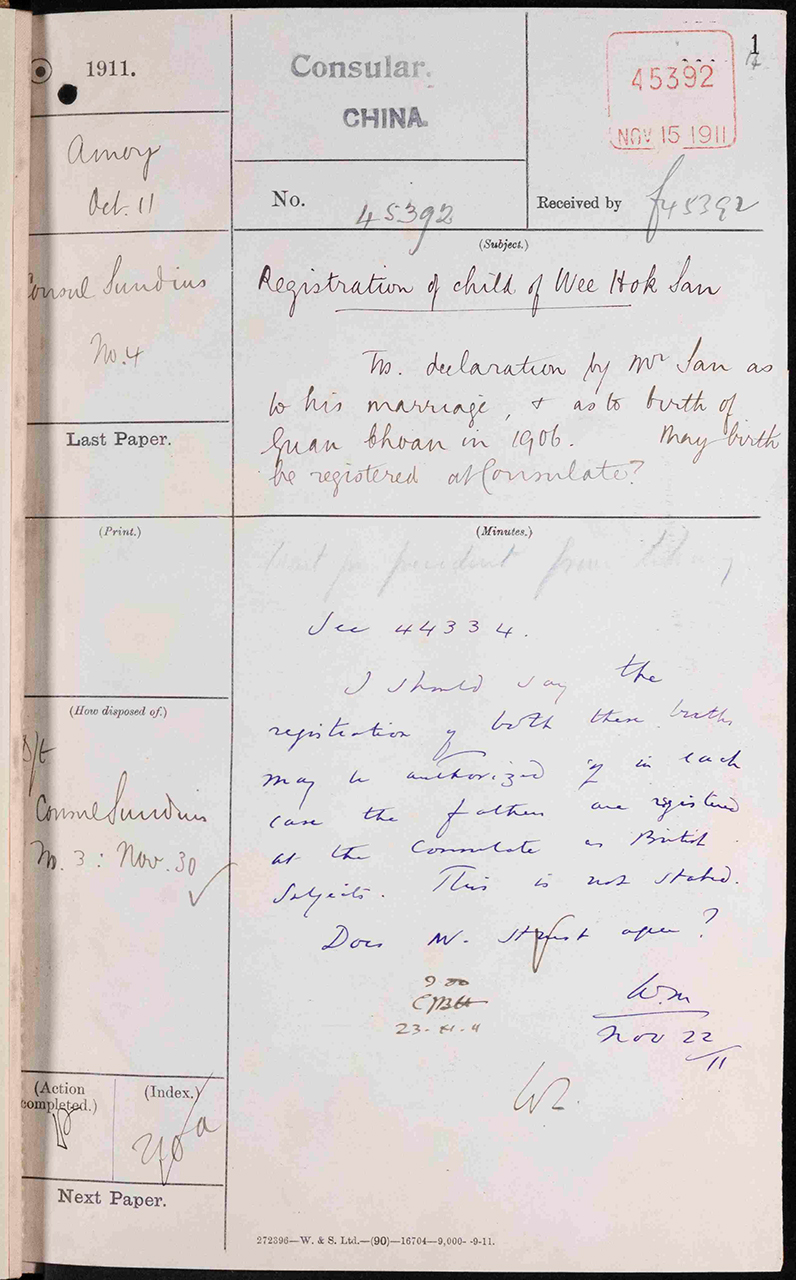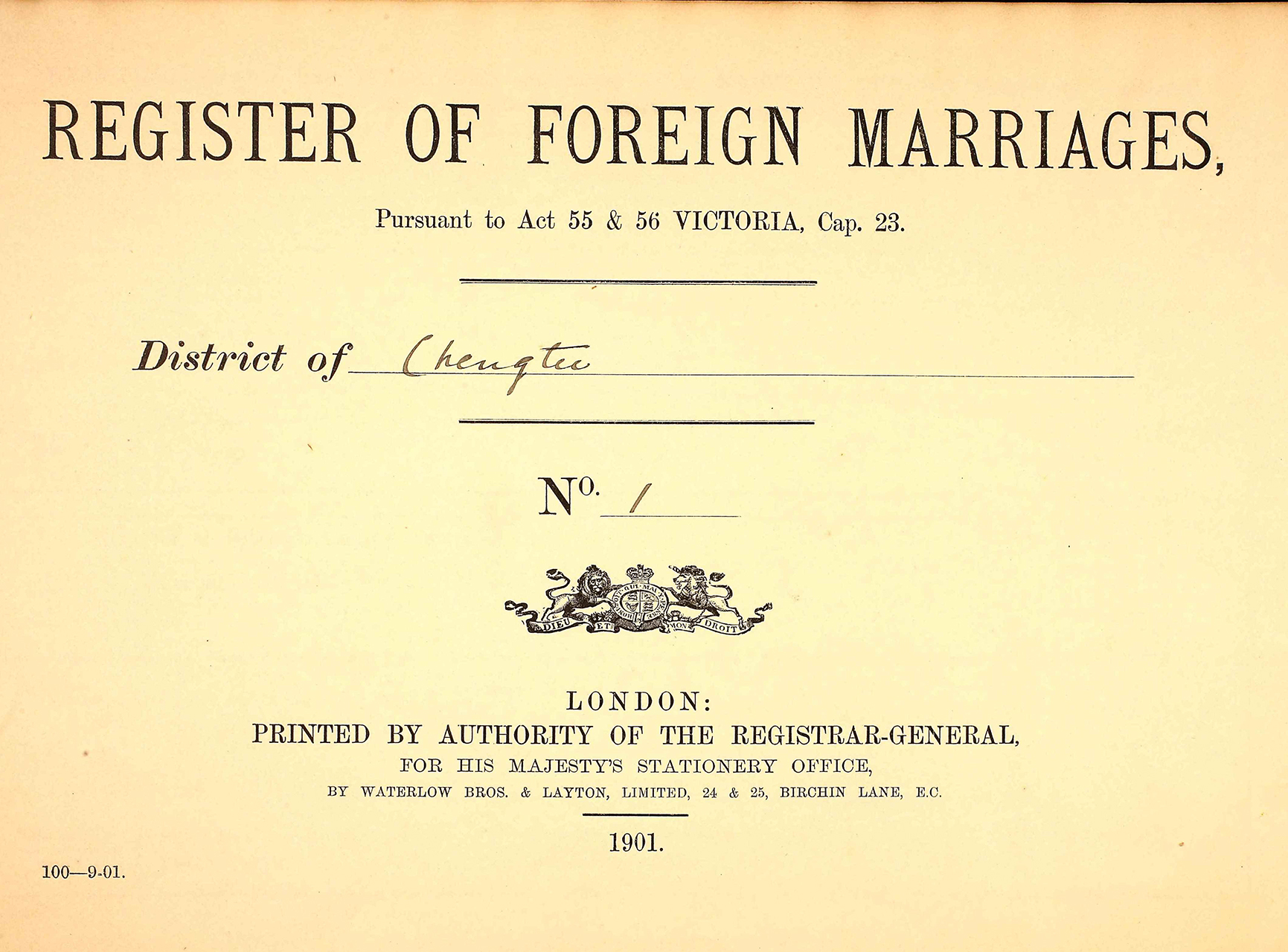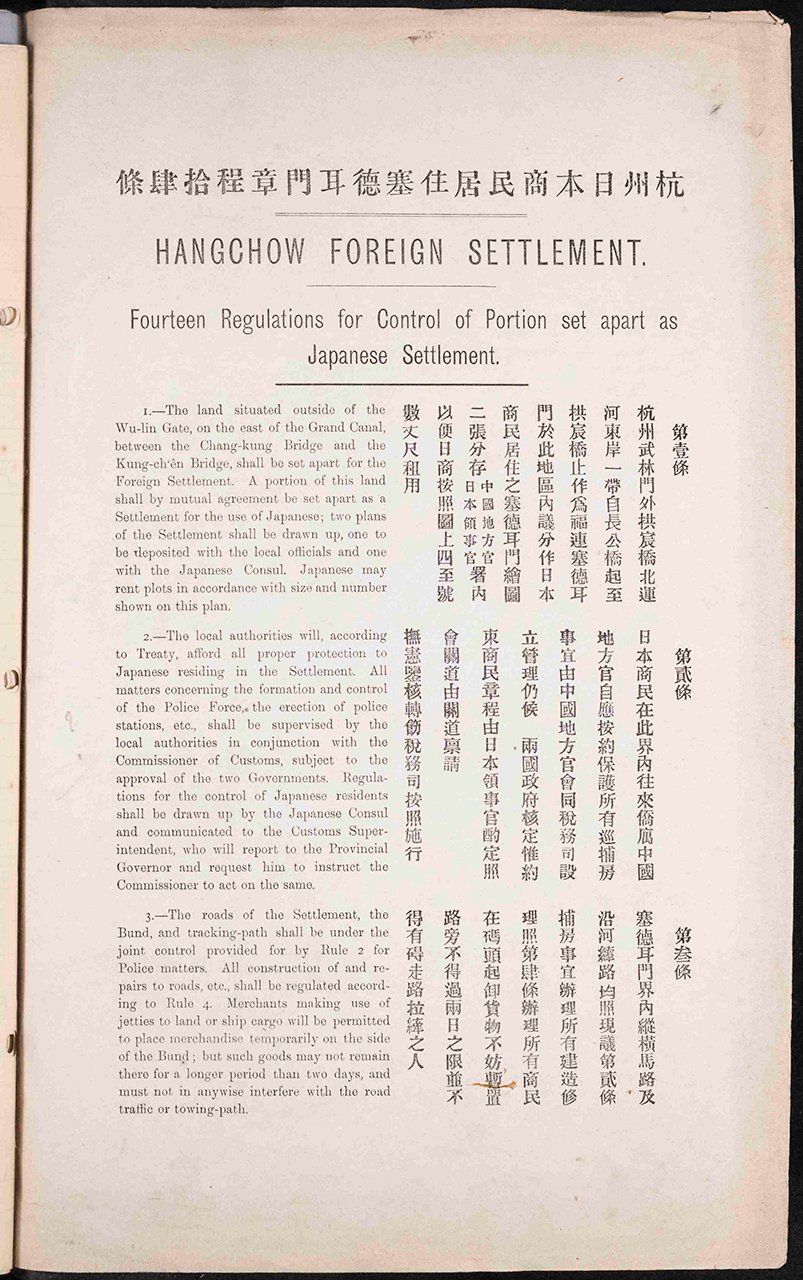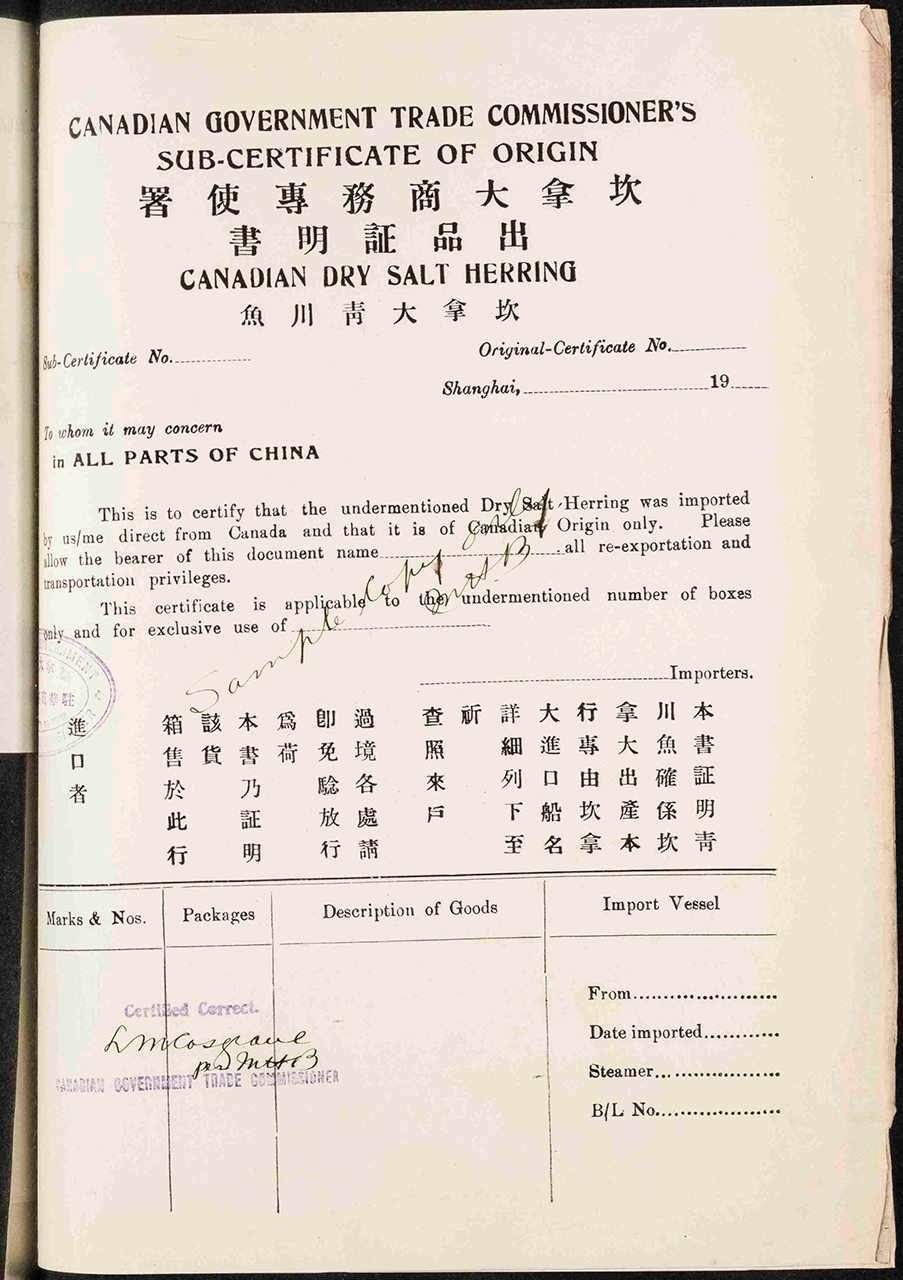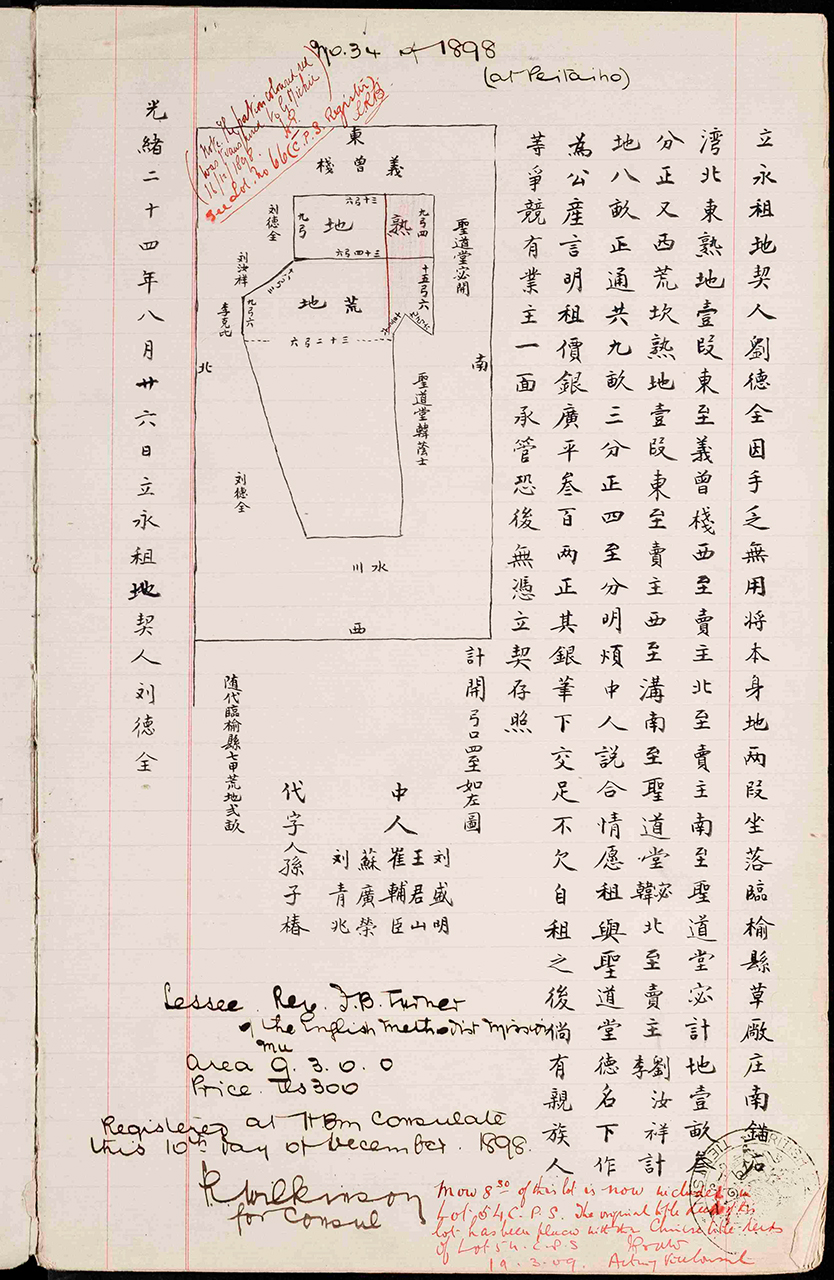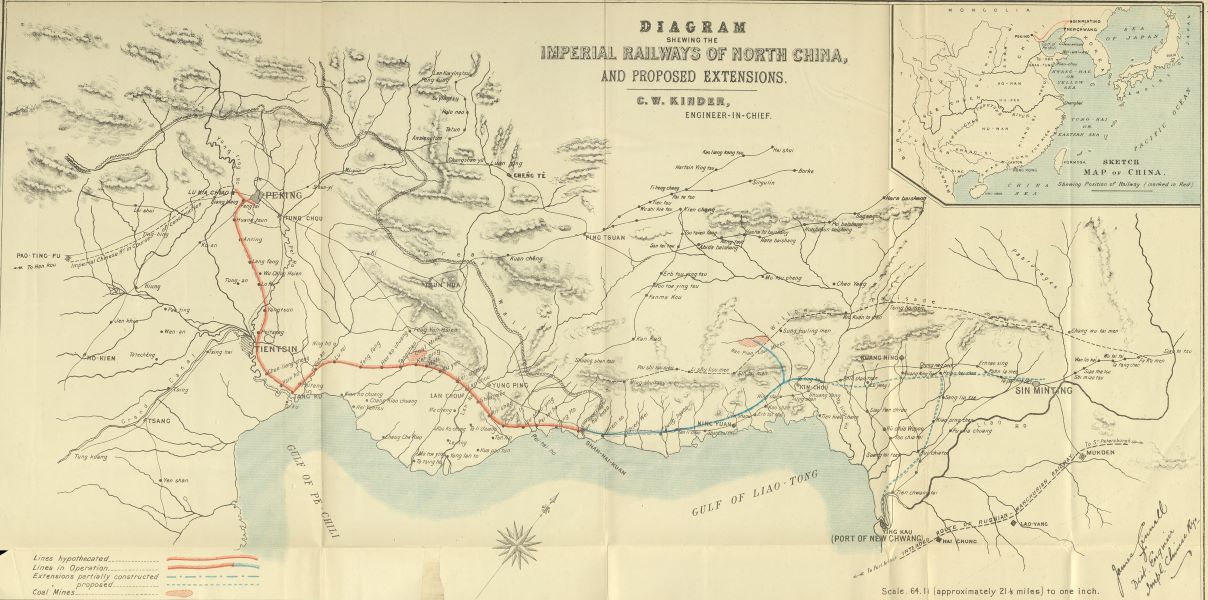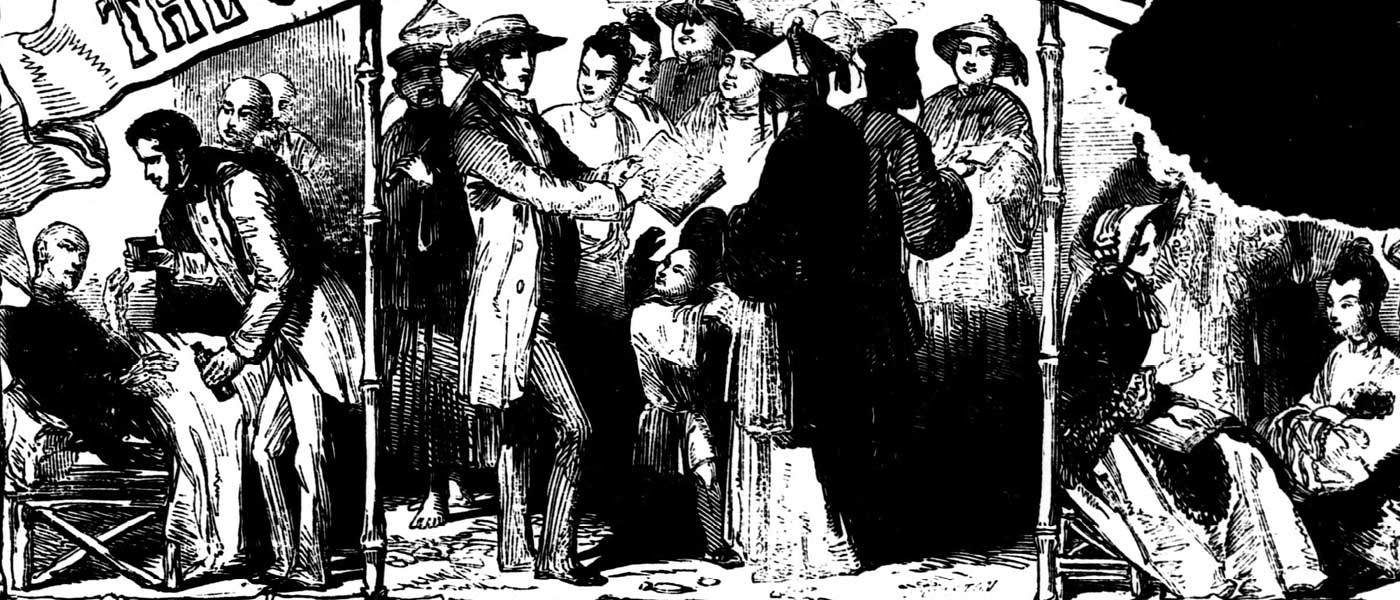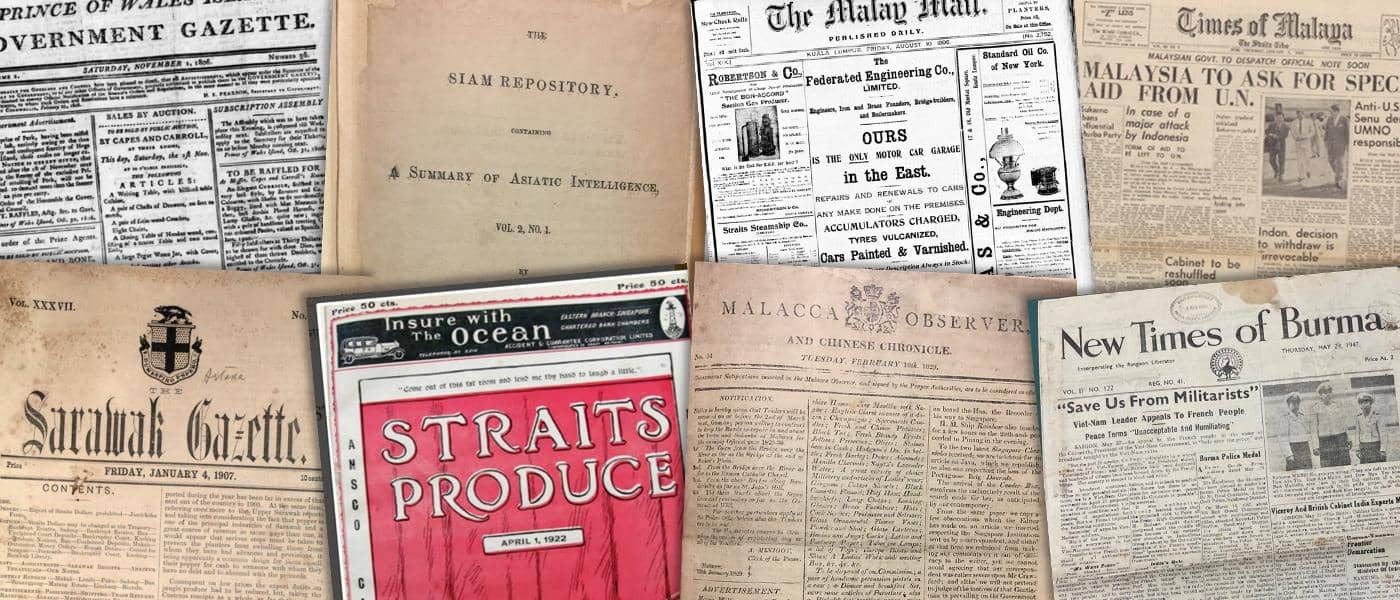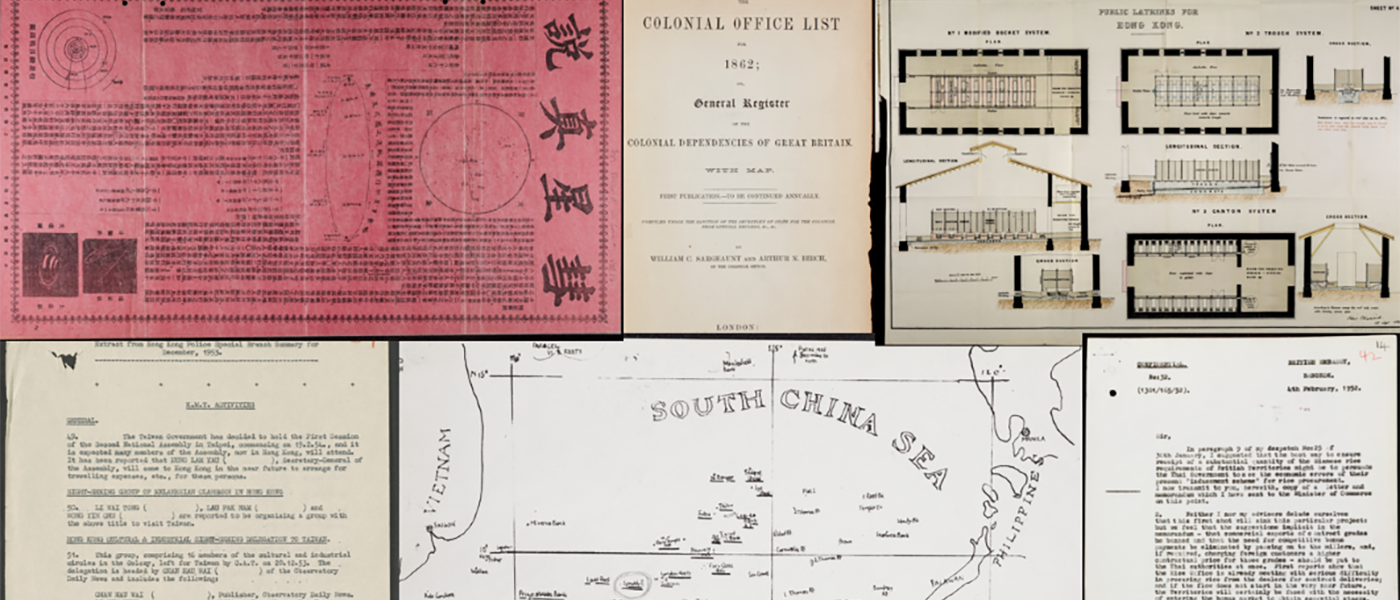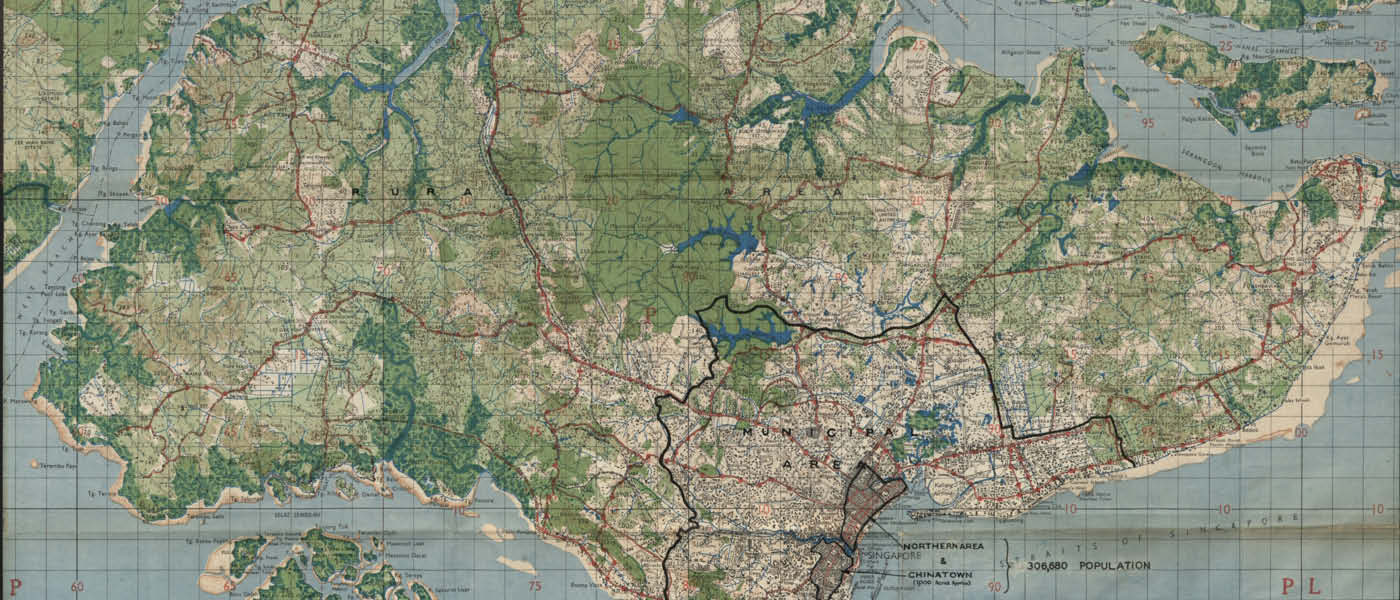A compilation of 39 series of mostly British Foreign Office (FO) files, this archive includes general correspondence and registers composed by the British legation in Beijing as well as British consulates based in more than 20 Chinese coastal and inland treaty ports. Also included are the private and semiofficial correspondence of Sir Henry Pottinger, Sir John N. Jordan, and Lord Edmund Hammond as well as the records and photographs of the British concession in Tianjin.
China and the Modern World: Regional China and the West, 1759–1972 provides a significant compendium of historical documents and forms, an ideal complement to Imperial China and the West, Part I and II. Researchers will find valuable insight into Chinese-Western relations primarily from 1830 to 1950, ranging from diplomacy to trade, economy, law, and politics.
ABOUT THE ARCHIVE
This new archive presents an assemblage of general correspondence attributed to the British legation and British consulates in China as well as many communications with Chinese central and local governments, British colonial governments (in India, Hong Kong, Singapore, Burma, etc.), fleets, and the Supreme Court. These documents are a must-have primary source for scholars studying Chinese social, political, and economic history not just in the Chinese capital but also at the regional level in numerous treaty ports that dotted the map of China, including Canton, Chengtu, Chinkiang, Foochow, Hankow, Kunming, Macao, Taiwan, Tientsin, and Tsingtao.
VALUE OF THE COLLECTION
Global Scholarly Appeal: Essential reference material appeals to students and researchers around the world, particularly in the Asia-Pacific region, Britain, Europe, and North America.
Topical Coverage: Detail into the activities of the British in China during the 1830s to the 1950s provides insights into the international and transnational processes and networks of the period.
Greater Perspective and Representation: These documents chronicle largely British consulates in more than 20 treaty ports and their interactions with the Beijing legation, the Foreign Office in London, as well as key actors both within and outside of China.
Unfiltered View of Daily Tensions: Unlike formal diplomatic documents exchanged between the Qing court and British officials, the correspondence between the Beijing legation, British consulates in treaty ports, and the Consular Department offers an unfiltered view of daily interactions and tensions. From trade disputes and opium smuggling to missionary activities and local governance, these correspondence reveal the challenges of navigating the complex bilateral relationship.
Handwritten Text Recognition: All relevant documents benefit from HTR technology—fully searchable handwritten text along with optical character recognition (OCR) output, allowing users to search for handwritten as well as printed text within documents.
COLLECTIONS INCLUDED
Researchers will find 38 series from the British Foreign Office files, including the following:
- FO 230 – Foreign Office: Consulates and Legation, China: Letter Books
- FO 369 – Foreign Office: Consular Department: General correspondence from 1906
- FO 535 – Foreign Office: Confidential Print Tibet and Mongolia
- FO 562 – Foreign Office: Consulate and Legation, Peking, China: General Correspondence
- FO 666 – Foreign Office: Consulates, Hankow and Hangchow, China: General Correspondence and Various Registers
- FO 670 – Foreign Office: Consulate, Ningpo, China: General Correspondence and Various Registers
- FO 674 – Foreign Office: Consulate, Tientsin, China: General Correspondence, Various Registers and Supreme Court Records
- FO 678 – Foreign Office: Various Consulates, China: Deeds
Look Inside
Additional Details
subjects covered
- Asian Studies
- History


